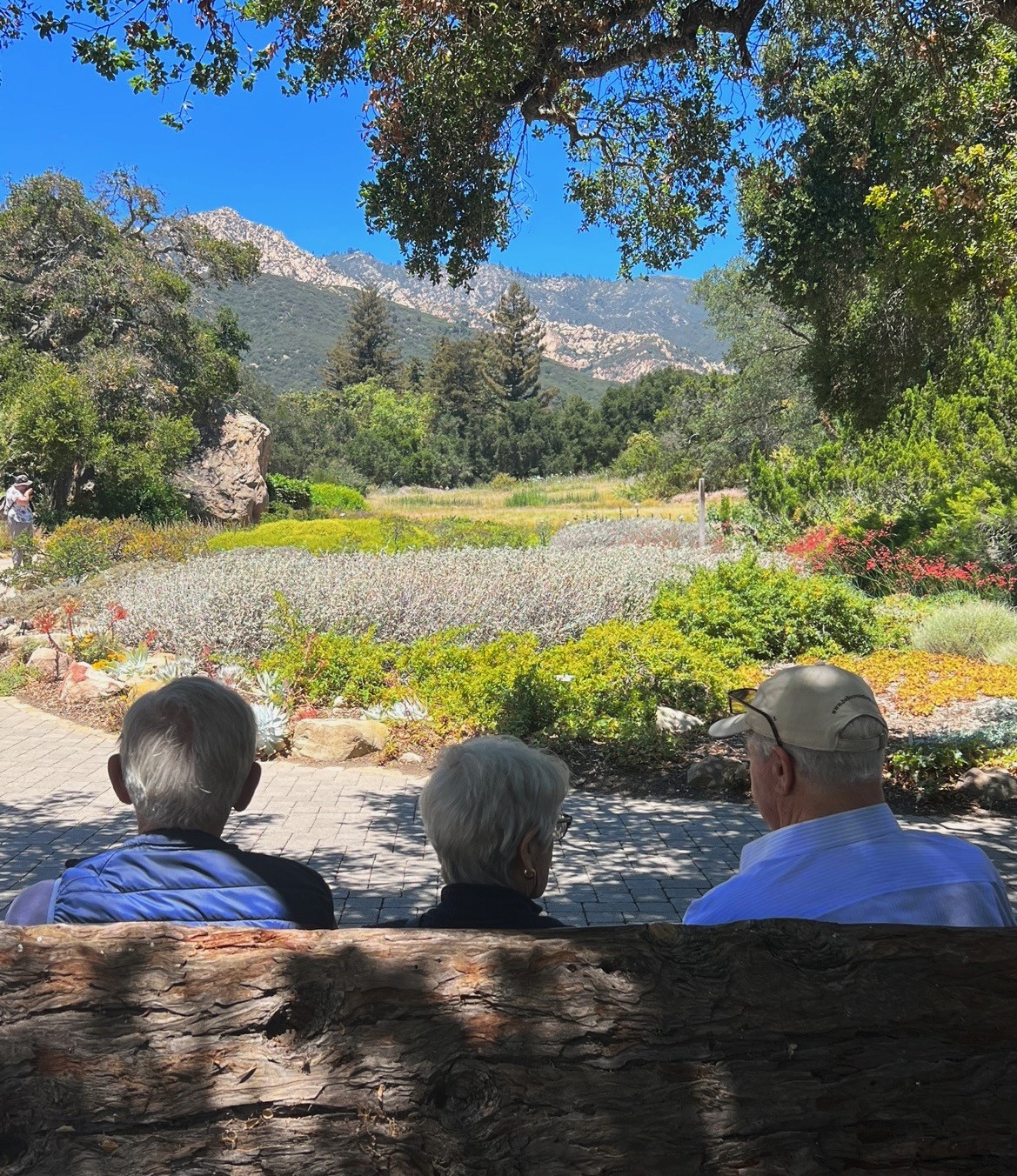
4 minute read
The Budding Botanist: How To Grow California’s Native Plants From Seed to Sprout
By Manuel Hernandez, Rare Plant Nursery Technician
From the mightiest oaks (Quercus spp.) to the tiniest phacelias (Phacelias spp.), every flowering plant in California starts its journey as a seed. When you hold a seed in your hand, the outer layer you see is the seed coat. Think of this coat as a blanket that protects the living embryo until it’s ready to germinate. As plant propagators, our job is to figure out how to wake up the seed. How do we do that? The answer lies in the seed’s natural environment and sometimes the seed coat itself.

Easygoing Seeds
Some seeds, like California buckwheat (Eriogonum fasciculatum) and California poppy (Eschscholzia californica), are easy to grow. They have thin coats that allow water to reach the embryo and wake it up. Just sprinkle these seeds on soil, give them water, and watch them grow.


Tough Seeds
Some seeds have tough coats; this is the case for plants like mallows (Malacothamnus spp.) and milkvetches (Astragalus spp.). Germination can be stimulated by gently scratching seeds with sandpaper to create small openings that allow water to sneak in and kick-start germination.
Boiling water can also crack the seed coat and is often used for lupines (Lupinus spp.). Place the seeds in a heatproof container and pour boiling water over them, and then soak them for at least a few hours. Only do this method for seeds with the toughest coats, as boiling water can kill seeds without that thick protective layer.


Seeds That Love Cold Winters
Did you know that seeds can tell time? Some plants, like black sage (Salvia mellifera) and farewell to spring (Clarkia spp.), can detect California’s cold, wet winters and need that chill to germinate. You can mimic winter in the refrigerator by placing seeds in a plastic bag with damp perlite or a moist paper towel. Place the bag into the fridge for a minimum of two weeks and up to a few months before sowing the seeds.


Seeds That Need Fire
Some of California’s plants have adapted to the state’s natural wildfire cycle and need heat or smoke to germinate. Showy penstemon (Penstemon spectabilis) and whispering bells (Emmenanthe penduliflora) need hot temperatures to germinate. You can imitate this by baking the seeds at a low temperature (170–200°F or 76–93°C) for 10 minutes.
Seeds from plants like yerba santa (Eriodictyon spp.) or Matilija poppy (Romneya spp.), need the chemicals that wildfires release into the soil to germinate. You can re-create this by soaking seeds in a cup of water mixed with a few drops of liquid smoke (yes, the kind you use at a barbecue) for eight hours before sowing.


Sleepy Seeds
Some seeds, like mariposa lilies (Calochortus spp.) and Humboldt’s lilies (Lilium humboldtii), are especially sleepy and take several years to sprout in the wild. You can speed up this process by cycling them in and out of the fridge for two to four weeks at a time. This tricks them into thinking they’ve experienced multiple winters, waking them up faster.












